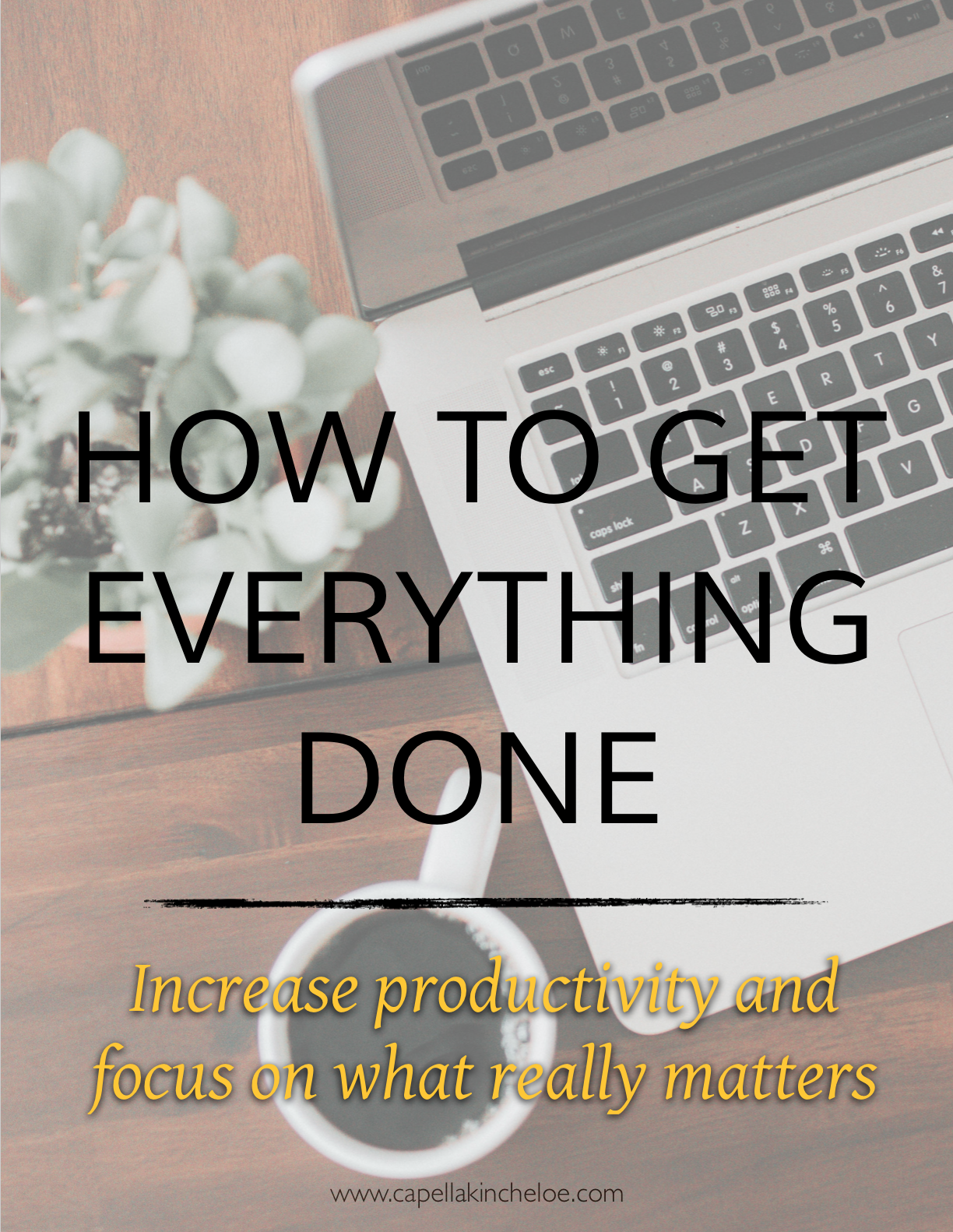You very rarely hear about design from the design client unless it is in a shelter magazine or a bad review online. But there are thousands of experiences in between. Here is a perspective of different projects through the eyes of a client and the value they see in interior design. This series is to help other designers understand design clients better and for clients to see the value of interior design.
What were your concerns about hiring a designer?
Since I don't have that "vision", I change my mind probably more frequently than the designer would want. I was afraid that the designer would be upset about not going with her "expert" opinion and not realize that I have to live in the house. That being said, it's a fine line since I don't have the "vision". I do need to be told if something will not look good. Also, I like working on an hourly basis versus working on a per furniture piece basis. I do like to do my own shopping to get the best value. If it was not hourly, I would have been dropped by a designer a long time ago.
Read More




















